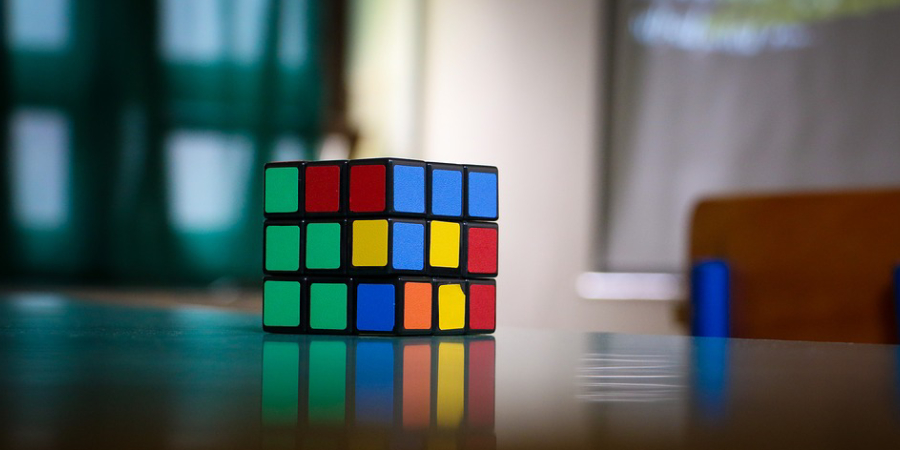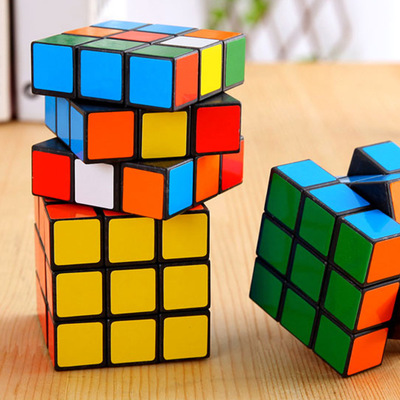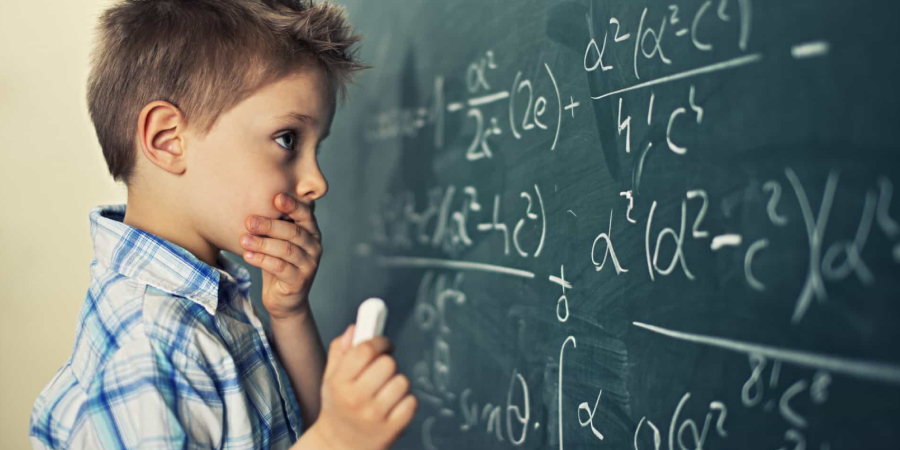
Conflict resolution among kids can be a quite daunting challenge for teachers. Especially in a class where one would find a mix of characters, it is difficult for an argument to die down without the intervention of a teacher. How can you make kids understand the right choices when a vulnerable situation arises? Can brain science teach kids the importance of self-importance? This article is based on a teacher’s experience of making the kids understand the science of the brain.
Ms Ryden’s initial attempt of making kids understand by role-playing the conflicts situation went in vain after she saw the kids unable to follow the right choices during actual conflicts. This led Ms Ryden to adopt two strategies: – to make students understand the neuroscience of anger and to implement self-regulatory power of mindfulness through breathing techniques. She gave her students a complete tutorial on the role of the amygdala and its control on self-control when they are angry. It was quite surprising to note that kids came up with the request to control their “amygdala” after understanding the whole science of the brain during the conflicts. Local SEO Services
They welcomed the idea of embracing tools that could calm their brains. Ms. Ryden began teaching them different techniques of taking deep and calming breaths. According to a study, it is found that the act of taking deep breaths sends amygdala a message that everything is OK. This, in turn, leads the amygdala to calm down and other essential functions to take over. This simple explanation of a complex process is an excellent way of imparting great knowledge to kids.


 One can make several connections between a Rubik’s cube and Math. Initial learning is that of time and speed. This happens when kids start solving one face of the cube. They are encouraged to calculate the time taken to address one face, and after that, the concept of speed comes in naturally.
One can make several connections between a Rubik’s cube and Math. Initial learning is that of time and speed. This happens when kids start solving one face of the cube. They are encouraged to calculate the time taken to address one face, and after that, the concept of speed comes in naturally.
 Creating an environment that makes students confident, enough to take risks and push boundaries is essential to facilitate the learning of math.
Creating an environment that makes students confident, enough to take risks and push boundaries is essential to facilitate the learning of math.